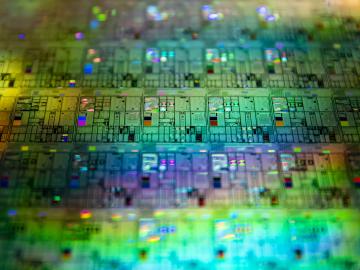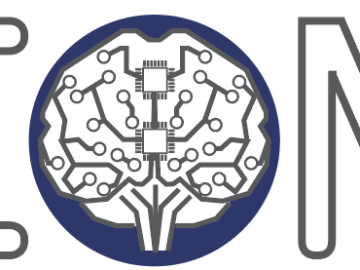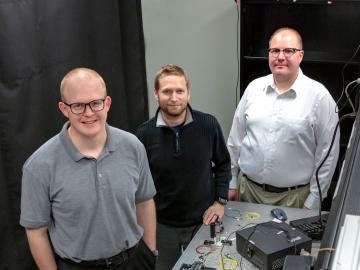
Filter News
Area of Research
- (-) Nuclear Science and Technology (10)
- (-) Supercomputing (60)
- Advanced Manufacturing (1)
- Biological Systems (1)
- Biology and Environment (28)
- Computational Biology (1)
- Computer Science (1)
- Electricity and Smart Grid (1)
- Energy Science (42)
- Functional Materials for Energy (2)
- Fusion and Fission (23)
- Fusion Energy (6)
- Isotopes (21)
- Materials (32)
- Materials for Computing (5)
- National Security (15)
- Neutron Science (18)
- Quantum information Science (5)
News Type
News Topics
- (-) Artificial Intelligence (25)
- (-) Biomedical (8)
- (-) Cybersecurity (5)
- (-) Energy Storage (4)
- (-) Frontier (20)
- (-) Fusion (7)
- (-) Isotopes (4)
- (-) Quantum Science (12)
- (-) Space Exploration (3)
- 3-D Printing/Advanced Manufacturing (6)
- Advanced Reactors (5)
- Big Data (17)
- Bioenergy (4)
- Biology (7)
- Biotechnology (1)
- Buildings (3)
- Chemical Sciences (2)
- Computer Science (53)
- Coronavirus (8)
- Environment (16)
- Exascale Computing (18)
- Grid (2)
- High-Performance Computing (31)
- Machine Learning (10)
- Materials (9)
- Materials Science (13)
- Mathematics (2)
- Microscopy (3)
- Molten Salt (2)
- Nanotechnology (7)
- National Security (4)
- Neutron Science (8)
- Nuclear Energy (21)
- Physics (6)
- Quantum Computing (12)
- Security (3)
- Simulation (14)
- Software (1)
- Summit (23)
- Transportation (4)
Media Contacts

A team from the ORNL has conducted a series of experiments to gain a better understanding of quantum mechanics and pursue advances in quantum networking and quantum computing, which could lead to practical applications in cybersecurity and other areas.

Students often participate in internships and receive formal training in their chosen career fields during college, but some pursue professional development opportunities even earlier.

Researchers at the Department of Energy’s Oak Ridge National Laboratory have received five 2019 R&D 100 Awards, increasing the lab’s total to 221 since the award’s inception in 1963.

The type of vehicle that will carry people to the Red Planet is shaping up to be “like a two-story house you’re trying to land on another planet.

Artificial intelligence (AI) techniques have the potential to support medical decision-making, from diagnosing diseases to prescribing treatments. But to prioritize patient safety, researchers and practitioners must first ensure such methods are accurate.

Materials scientists, electrical engineers, computer scientists, and other members of the neuromorphic computing community from industry, academia, and government agencies gathered in downtown Knoxville July 23–25 to talk about what comes next in

Using artificial neural networks designed to emulate the inner workings of the human brain, deep-learning algorithms deftly peruse and analyze large quantities of data. Applying this technique to science problems can help unearth historically elusive solutions.

By analyzing a pattern formed by the intersection of two beams of light, researchers can capture elusive details regarding the behavior of mysterious phenomena such as gravitational waves. Creating and precisely measuring these interference patterns would not be possible without instruments called interferometers.

A tiny vial of gray powder produced at the Department of Energy’s Oak Ridge National Laboratory is the backbone of a new experiment to study the intense magnetic fields created in nuclear collisions.

When it’s up and running, the ITER fusion reactor will be very big and very hot, with more than 800 cubic meters of hydrogen plasma reaching 170 million degrees centigrade. The systems that fuel and control it, on the other hand, will be small and very cold. Pellets of frozen gas will be shot int...


